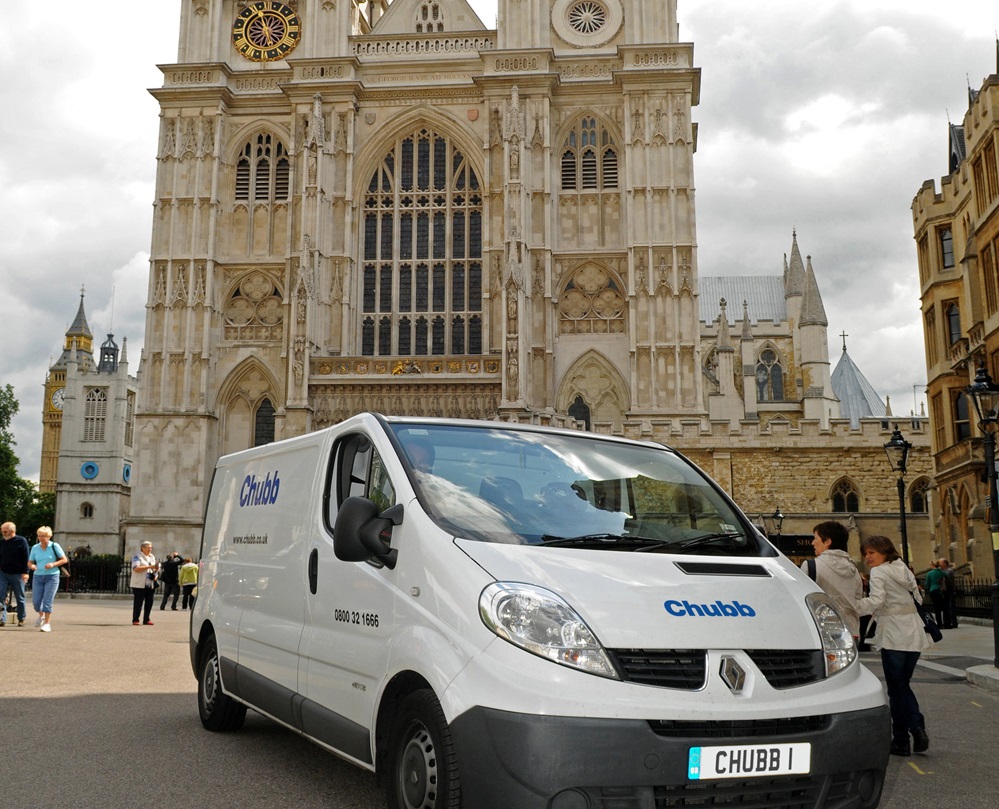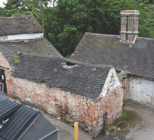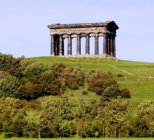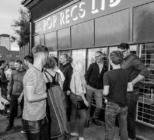What is a typical day like for you at Westminster Abbey, and how does this change when a major event is scheduled?
Much like any other large site, after arriving at the Abbey I will check in with the chief beadle Stephen Meek to discuss any planned events that might impact our day. I will then check our system event logs for any unusual activity since my last visit. When handling the security needs of such a large and busy site, it is essential to be constantly alert to any changes to the environment.
Westminster Abbey is one of the UK’s leading historical sites, but it is also important to remember that it’s a working church with four services daily and a pause for prayer every hour. All tasks inside the Abbey have to be planned with this in mind.
Depending on an event, I will attend site and adjust the system operation to suite the security requirements for the day. This usually entails an early start to the day to get set up, once the events have concluded everything quite quickly returns to normal. I often find that this is a good time to catch up on some paperwork.
How do you approach the distinct security needs of Westminster Abbey, and how does this differ from buildings that are not historic or listed?
The Abbey’s Security Team or Clerk of Works Department will ask us to investigate a particular installation, for example a new security alarm device or an access control system for a certain area. Unlike other installations I attend to, this may be on a newly developed site or a site of historical significance. The doors and walls in the area will often be of Grade 1 listed importance. We will often consider several different installation strategies before presenting a solution to the Abbey’s team for approval.

The age and heritage of Westminster Abbey must present unique risks and challenges, how do you identify the main conservation risks and security risks?
Once I have considered the solution to a task, I discuss them with the security staff to understand whether it meets their requirements. I will then check with the Clerk of Works department and the Conservation Department to identify any sensitive materials in the area.
Often the entire site will be of historical significance and this means that it requires an extremely bespoke installation. Just because previous works have been carried out in a certain way historically does not mean that the same solution should be used again. You always need to be improving the quality of installations.
As a popular heritage attraction, Westminster Abbey experiences far more foot traffic than it would have originally. It was also built long before modern utilities or health and safety compliance were a concern. How do you address this?
Planning tasks to avoid busy times is essential. I often work earlier or later shifts depending on the area of the building that we are focused on. Last minute risk assessments really help, in addition to simple things like carrying just the right amount of equipment to complete the task as efficiently as possible.
Due to the historic nature of the building, sometimes even the simplest tasks are a challenge. For example, uneven floors and stair threads can pose a challenge when moving around the site. Some days are busier than others due the volume of visitors, which is something we must bear in mind too. Every detail of the building has to be considered when working on an installation or maintenance job.
Can you tell us more about any specific challenges you have faced in assessing and fitting security protections?
Something as simple as fixing a detector to a wall becomes a challenge as we are not allowed to drill or make fixings on the stonework in the Abbey or sit a detector in a prominent location. However, we can overcome this problem by slightly relocating the device and using a cable tie on an existing metal strap.
Unfortunately, not all problems are as easy to solve; setting a new proximity reader and electronic lock to a historic door set in a stone arch sometimes seem impossible.
I remember once, I had to carry out an installation on a door without noticeably altering its appearance. To solve this, I decided to hide the reader and lock in a wood block. Thankfully the Abbey has an exceptional works department on site and after using some rough sketches they produced a dark oak stained housing for the reader and the lock. It worked very well.










